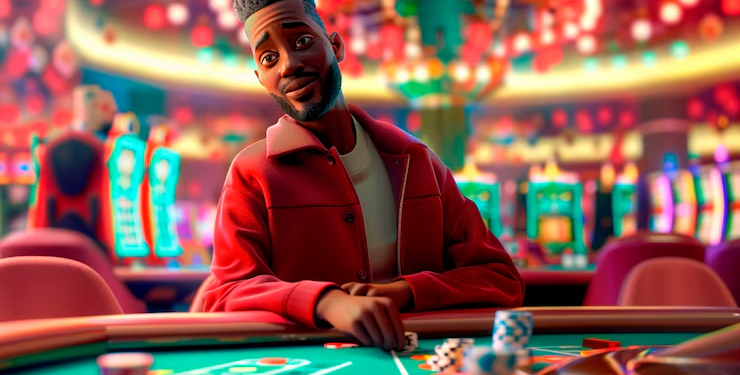Video games are more than systems of code and mechanics—they are works of art. From the visual landscapes to the smallest character detail, design and aesthetics shape how players connect with a game. The look and feel of a digital world can be as powerful as the gameplay itself.
Visual Storytelling
Environments often tell stories without words. A ruined city might hint at past battles, while bright, colorful settings invite a lighter tone. Design choices guide players through the narrative, influencing mood and emotion as much as dialogue or plot.
Color and Atmosphere
Color palettes are crucial to setting tone. Dark hues create suspense, while vibrant shades spark energy and excitement. These choices work subconsciously, shaping how players feel as they progress through the game.
Character Design and Identity
Memorable characters often owe their impact to design. Outfits, expressions, and even movement styles reflect personality and role. Players often connect deeply with characters because of how well design communicates their identity.
Platforms Showcasing Design Innovation
Spaces like naga15 login highlight how visual style and aesthetic decisions can enhance gameplay. They remind us that beyond mechanics, it’s the art and atmosphere that make digital experiences unforgettable.
The Future of Game Aesthetics
As technology advances, developers will continue experimenting with hyper-realistic visuals alongside stylized, artistic approaches. This diversity ensures that design remains a core reason why players are drawn to different types of games.














